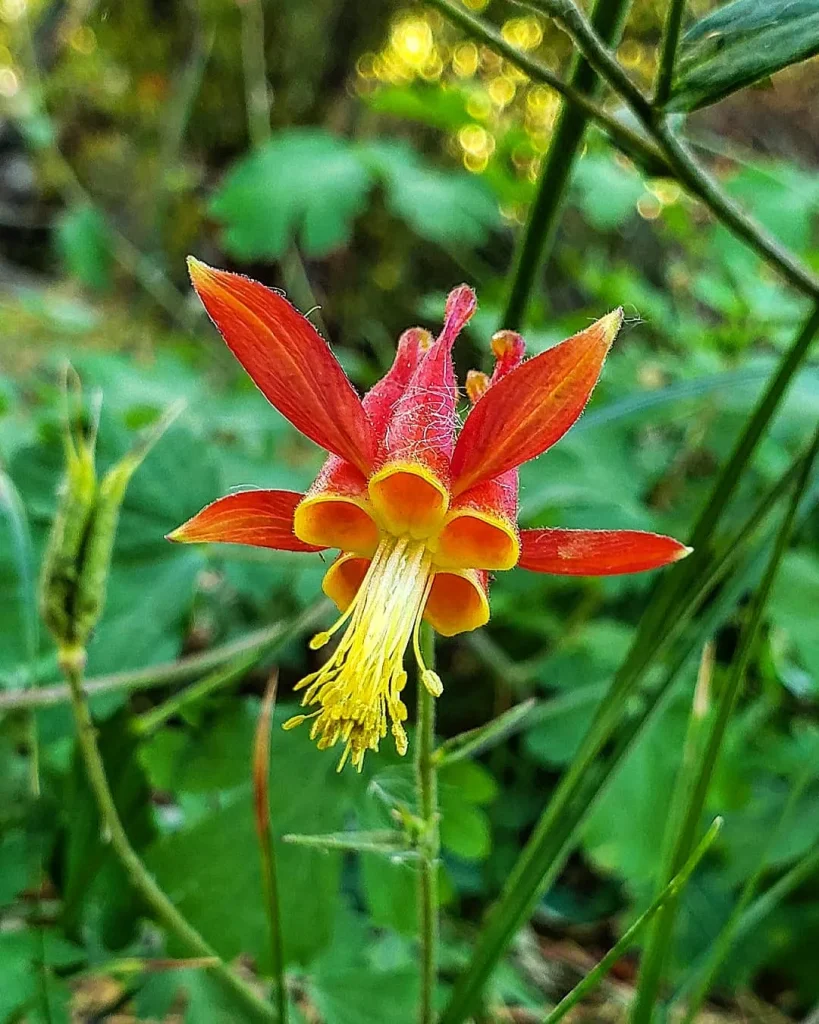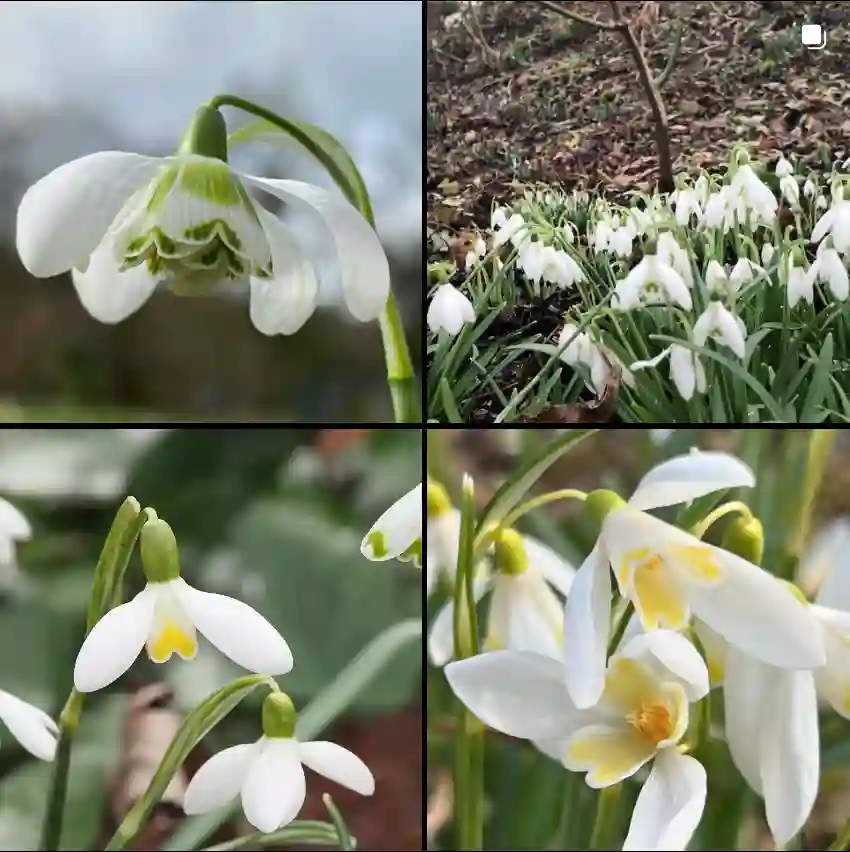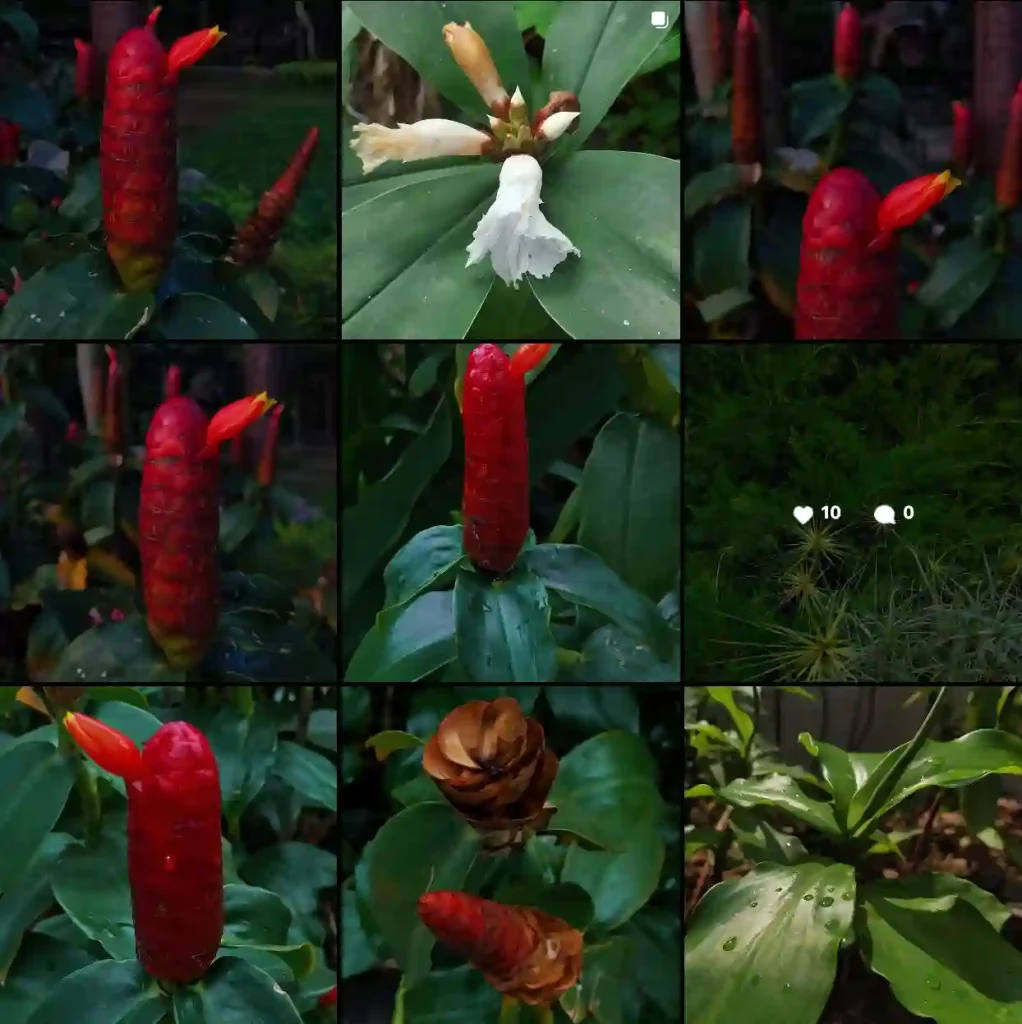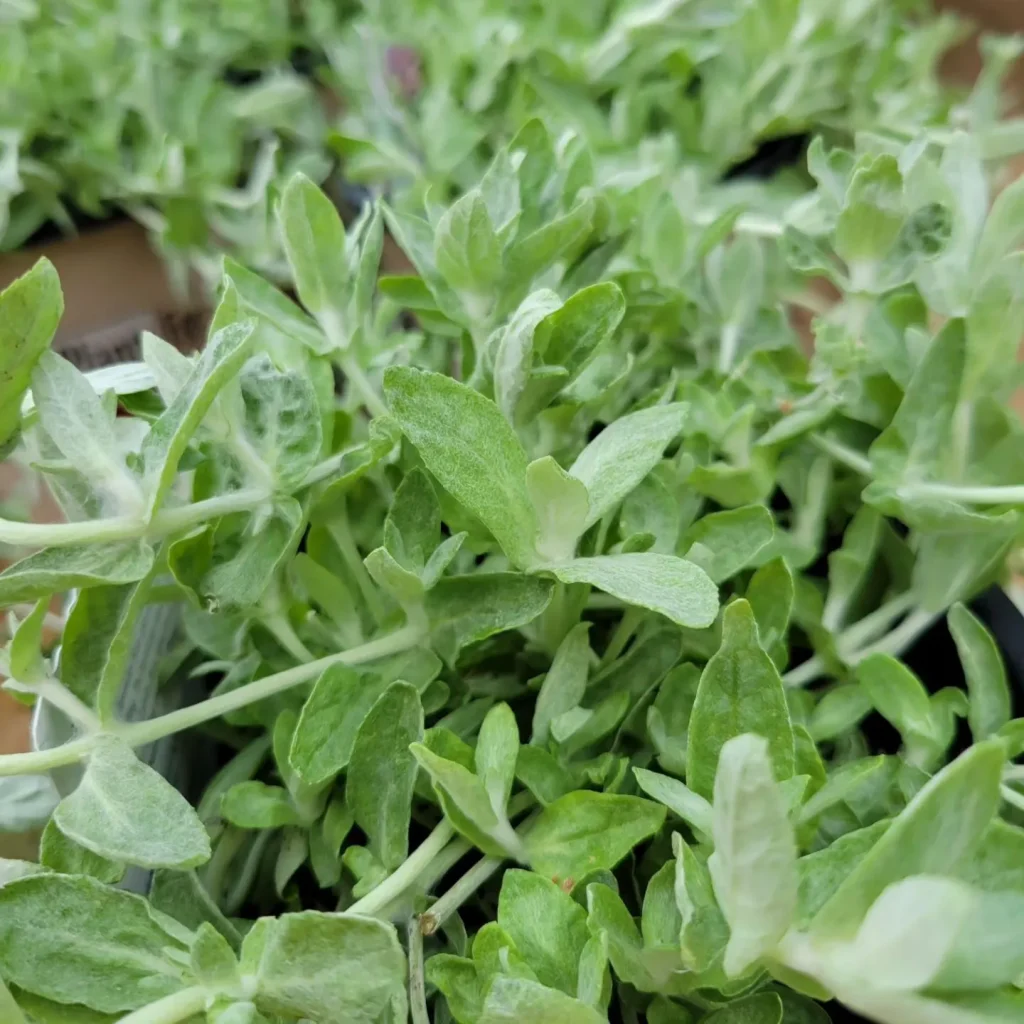FAQs About Crataegus Douglasii
When it comes to adding some rugged charm to your garden, Crataegus Douglasii, commonly known as Douglas Hawthorn or Black Hawthorn, is a stellar choice. This hardy shrub or small tree is known for its dense thorns and clusters of white or pink flowers. Here, I’ll dive into some of the most frequently asked questions about Crataegus Douglasii, from its growth habits to its care needs.
267 Species in Genus Crataegus
What Is Crataegus Douglasii?
Crataegus Douglasii is a species of hawthorn native to North America. It’s known for its thorny branches and attractive white to pink flowers that bloom in spring. The plant produces small, dark berries in the fall, which can attract wildlife. Its glossy green leaves turn to rich hues of red and purple in autumn, adding seasonal interest to your garden.
Is Crataegus Douglasii Monoecious?
Yes, Crataegus Douglasii is monoecious. This means that a single plant has both male and female flowers, allowing it to self-pollinate. This trait can be particularly useful if you have space for only one plant and still want to ensure fruit production.
Where Does Crataegus Douglasii Grow?
Crataegus Douglasii is native to the western regions of North America, particularly from British Columbia down to California and as far east as Idaho and Montana. It thrives in a variety of habitats, from dry rocky slopes to moist woodlands. The plant prefers well-drained soils and can tolerate a range of soil types, but it does best in full sun to partial shade.
How to Care for Crataegus Douglasii?
Caring for Crataegus Douglasii involves a few key practices:
- Watering: While it is relatively drought-tolerant once established, regular watering during dry spells will keep the plant healthy. Be careful not to overwater, as this can lead to root rot.
- Soil: Plant it in well-drained soil. It’s adaptable but does not do well in soggy conditions.
- Pruning: Prune in late winter or early spring to remove any dead or damaged branches. Regular pruning helps maintain its shape and encourages better flowering.
- Fertilizing: Fertilize with a balanced fertilizer in early spring to promote healthy growth and blooming.
How to Propagate Crataegus Douglasii?
Crataegus Douglasii can be propagated through several methods:
- Seed: Start seeds indoors in late winter or early spring. They require a cold stratification period, so chill them in the refrigerator for about a month before planting.
- Cuttings: Take semi-hardwood cuttings in late summer. Use rooting hormone and keep the cuttings in a moist environment until roots develop.
- Layering: This method involves bending a low branch to the ground and covering it with soil until it roots. This can be a reliable way to propagate if you want to maintain the characteristics of the parent plant.
What to Plant with Crataegus Douglasii?
Crataegus Douglasii pairs well with other native plants that complement its rough texture and seasonal color changes. Consider planting it alongside:
- Evergreens like Junipers or Pines to provide year-round interest.
- Perennials such as Echinacea or Rudbeckia, which can add color and contrast.
- Groundcovers like Creeping Thyme or Sedum to fill in around the base and reduce weed growth.
Can You Grow Crataegus Douglasii Indoors?
Growing Crataegus Douglasii indoors is not recommended. It is a large plant that needs ample space, sunlight, and air circulation to thrive. It’s best suited for outdoor environments where it can grow to its full potential and benefit from natural conditions.
Is Crataegus Douglasii Toxic?
Crataegus Douglasii is generally considered non-toxic to humans and pets. However, its berries should be consumed in moderation, as large amounts can cause stomach upset. The thorns can also be a hazard, so take care when handling the plant.
Benefits of Crataegus Douglasii
- Wildlife Habitat: The plant attracts birds and insects, providing food and shelter.
- Seasonal Interest: It offers attractive flowers in spring, vibrant foliage in fall, and colorful berries in winter.
- Hedge or Screen: Its dense growth and thorns make it an effective natural barrier or privacy hedge.
Common Problems with Crataegus Douglasii
- Pests: Watch for aphids and spider mites, which can affect the plant’s health.
- Diseases: It can be susceptible to rust and leaf spot diseases. Proper spacing and good air circulation can help prevent these issues.
- Thorns: The thorns can be a nuisance if the plant is placed in a high-traffic area. Regular pruning can help manage their prominence.
Compare with Other Similar Plants
When compared to other hawthorns, like Crataegus monogyna (Common Hawthorn) or Crataegus crus-galli (Cockspur Hawthorn), Crataegus Douglasii is distinct due to its larger thorns and slightly different flowering habits. It’s more tolerant of dry conditions compared to Crataegus monogyna, which prefers more moisture.
In summary, Crataegus Douglasii is a versatile and attractive plant that can enhance your garden with minimal care. Its hardy nature and striking seasonal changes make it a valuable addition to many landscapes. Whether you’re looking to add some rugged beauty or create a wildlife-friendly garden, this hawthorn is definitely worth considering.
If i die, water my plants!



